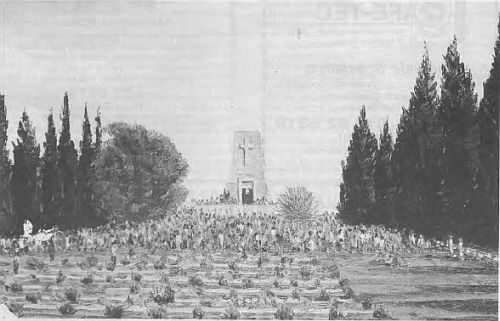- Author
- Smythe, D.H.D., AO, Commodore, RAN
- Subjects
- History - WW1, WWI operations
- Tags
-
- RAN Ships
- None noted.
- Publication
- June 1991 edition of the Naval Historical Review (all rights reserved)
Churchill and Fisher agreed on the replacements that were to be sent for the QUEEN ELIZABETH; but later on Churchill added two E-class submarines without informing Fisher. So Fisher resigned. This gave the Conservative Opposition their chance to attack Churchill, and they managed to persuade Prime Minister Asquith to have him dismissed from the War Cabinet. They then obtained eight posts in the new Coalition Ministry which was formed.
Thus the Gallipoli fiasco had produced only the end of the Liberal government and the discrediting of the Navy Chiefs.
On August 6 General Hamilton began his last great assault, at Suvla Bay, but it was a horrible failure. Four thousand Anzacs were killed and General Hamilton was sacked by Kitchener. For three months the War Cabinet argued about whether the campaign should be continued. Finally, the evacuation was ordered in November. It was completed on December 20 – a triumph of military discipline and amphibious planning and an operation of which the Turks completely failed to take advantage.
Whatever may be said about the Gallipoli Campaign as a blunder or a brilliant idea it was the greatest amphibious operation ever undertaken up to that time. Nearly everything was experimental for modern warfare; the use of naval aircraft and submarines; the trial of naval guns against shore batteries; landing large armies in small boats on a hostile shore; the use of radio and so forth.
All this had its influence in World War II, the Mediterranean landings, the “island hopping” of General MacArthur’s Pacific Campaign and the second front in Normandy.
Gallipoli was a guide book to modern warfare.

Painting by Commodore Dacre Smyth, A.O., R.A.N. (Ret’d).




